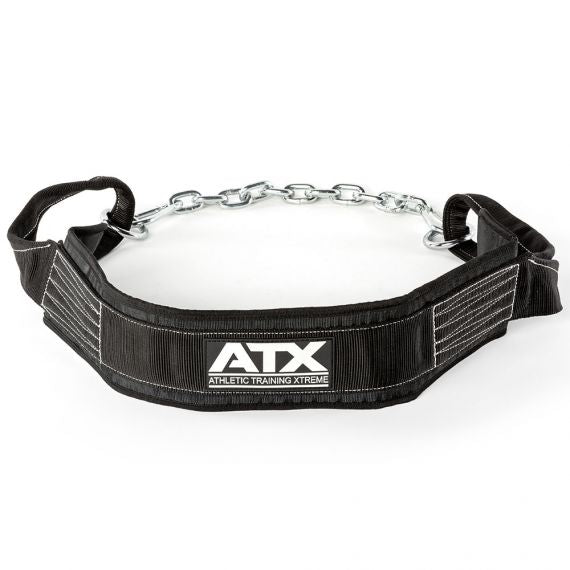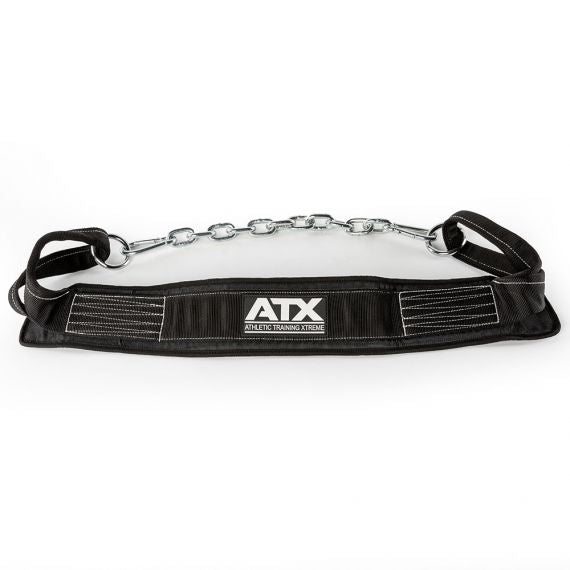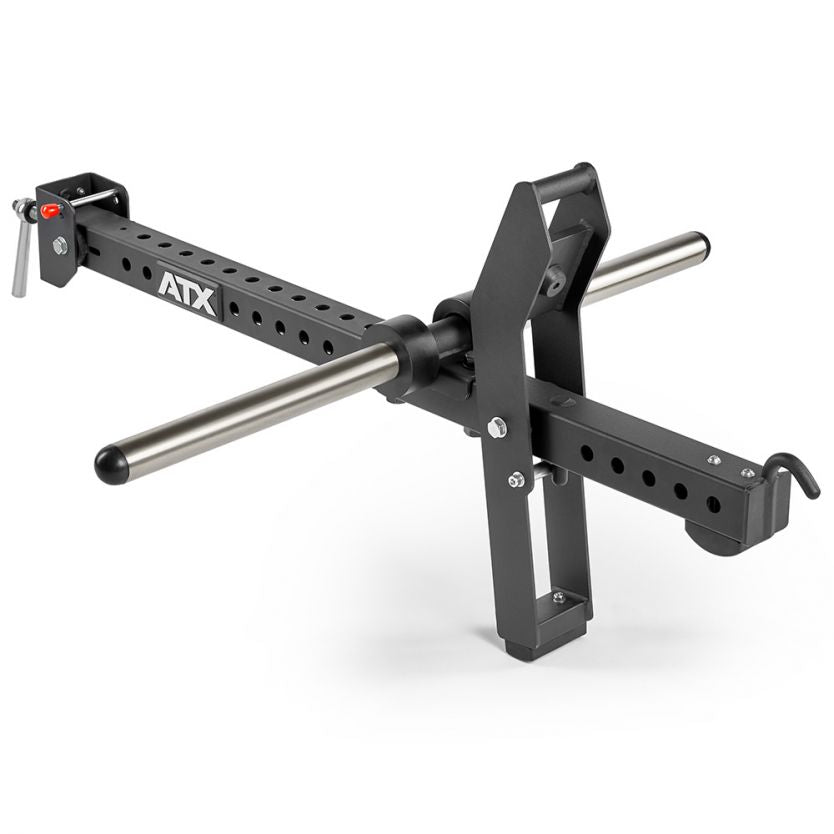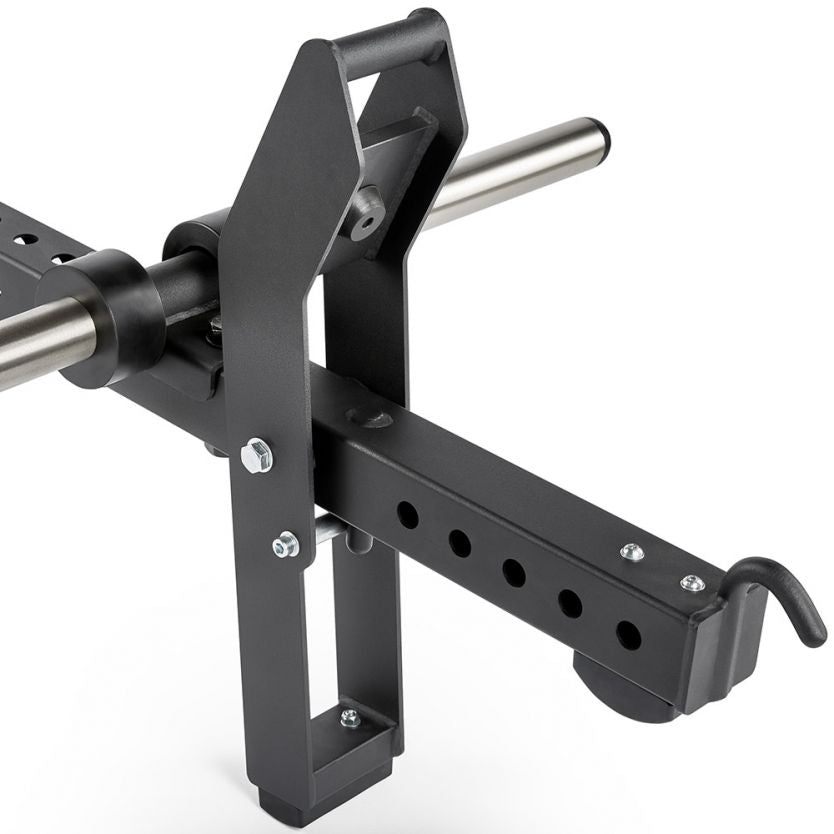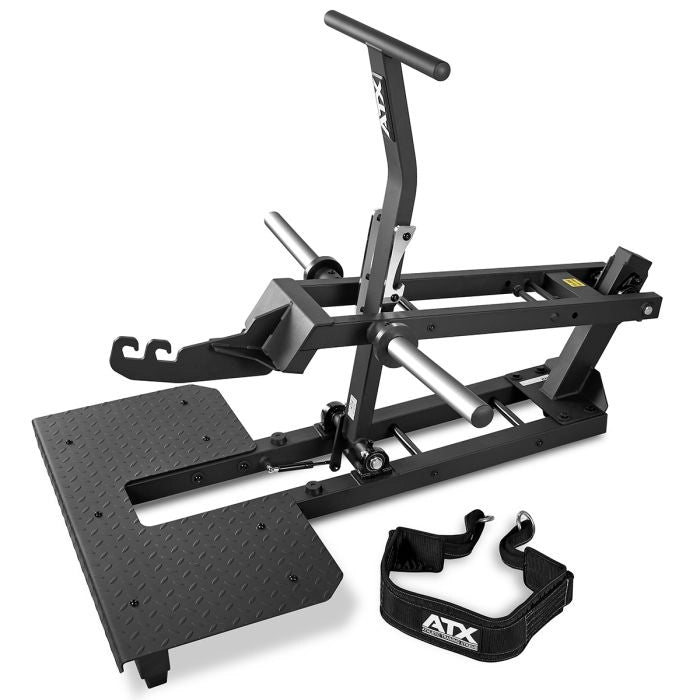Filters
-
ATX® Squat Belt - 140 - Squat weight belt
Regular price €49,58 -
ATX® Belt Squat Option
Regular price €251,26 -
ATX® Belt Squat Compact - squat machine
Regular price €755,46 -
ATX® Belt Squat Machine - Squat machine
Regular price €1.672,27
Ordering, delivery & care.
Can I get advice before purchasing?
Yes! Our team will be happy to assist you with your product selection – by phone, email, or in person at our showroom. Together, we'll find the right equipment for your training.
How quickly will the delivery take place?
We deliver quickly and reliably. You can find the exact delivery times directly on the respective product page or during checkout. We're happy to help with any questions about availability.
Will my device be delivered pre-assembled?
Many fitness equipment items are delivered partially assembled. Easy-to-follow assembly instructions are included. Many pieces of equipment can be assembled independently; for more complex items, we recommend a second person. If you require assembly service, please contact us.
How do I properly care for my fitness equipment?
Wipe down moving parts regularly, check screw connections for tightness, and ensure storage in a dry environment. For some devices, occasional lubrication is recommended—you can find information on this in the respective manual.
Not sure which product is right for your training goals? No problem! Our experienced team will take the time to talk to you – by phone (08142/448666), email, or visit our showroom. Together, we'll find the optimal solution for your needs.

Belt Squat: The ultimate discipline for strong legs and a strong core
What is a belt squat?
The belt squat is an innovative strength training method that allows you to perform squats without placing direct strain on your spine . The weight is carried by a special hip belt instead of a barbell, making it an ideal alternative for athletes with back problems or limited shoulder mobility. This exercise allows for targeted strengthening of the leg and gluteal muscles and ensures an intense workout with a low risk of injury.
Why should you incorporate belt squats into your training?
I. Back-friendly training for maximum muscle activation: While traditional squats often place a heavy strain on the spine, the belt squat shifts the resistance to the hips . This reduces pressure on the lower back and allows for more intense activation of the leg and glute muscles.
II. Targeted leg training without upper body limitations: Those struggling with limited shoulder mobility or back pain will benefit from the belt squat technique. Relieving strain on the upper body allows you to fully focus on your leg muscles and work with heavier weights.
III. Perfect for building muscle and increasing strength: The belt squat is ideal for building muscle mass and increasing maximum strength. The stable position allows for deep squats to be performed with clean form , leading to better muscle fiber recruitment.
IV. Improved knee and hip mobility: By allowing you to perform a deeper squat than with a traditional barbell, the belt squat contributes to increased mobility of the hip and knee joints. This is especially beneficial for athletes looking to optimize their mobility.
How do you perform a belt squat correctly?
✦ Positioning: Stand on the platform of the belt squat machine with your feet shoulder-width apart and fasten the weight belt securely around your hips.
✦ Starting position: Keep your upper body upright, knees slightly bent and weight evenly distributed.
✦ Perform a squat: Lower your hips in a controlled manner until your thighs are parallel to the floor or lower.
✦ Hold the final position: Tighten your glutes and leg muscles before pushing yourself up explosively.
✦ Repetitions: Perform 8-15 repetitions per set, depending on your training goal.
The benefits of belt squat training at a glance
I. Isolation ability: Belt squats allow you to specifically train the leg muscles, which leads to good muscle growth.
II. Gentle on the joints: Since there is no strain on the spine, this exercise is gentler on the joints than conventional squats.
III. Core strengthening: The need to keep the torso stable during the exercise effectively trains the core muscles.
IV. Variability: The different variations of the belt squat provide a constant challenge.
V. Back pain relief: The exercise can help relieve back pain by strengthening the core muscles and improving posture.
How often and to what extent should you train belt squats?
For optimal results, incorporate belt squats into your workout twice a week with 3-5 sets of 8-15 reps. Make sure to progressively increase the load to ensure consistent progress.
Belt squat vs. classic squat – which is better?
| factor | Belt Squats | Squat |
| Back strain | Small amount | High |
| Leg activation | Very high | High |
| Knee strain | Reduced | Higher |
| Security | High | Requires good technique |
| Suitable for beginners? | Yes | Conditional |
Three reasons why you should buy a belt squat machine
1. Allows for higher training volumes without central fatigue: Heavy squats not only stress the legs, but also the entire body—especially the central nervous system . The belt squat machine significantly reduces this stress, allowing for more repetitions, higher training volumes, and additional workouts without overloading the central nervous system. Perfect for athletes looking to intensify their leg training!
2. Improved movement patterns and technique optimization: The belt squat machine is a great way to improve squat mechanics . Because the upper body is less involved, the trainee can fully focus on proper squat technique. This is especially beneficial for beginners or athletes looking to work on their form and correct poor form.
3. Perfect for Rehabilitation and Injury Prevention : The Belt Squat Machine is ideal for athletes recovering from injuries or for preventative training. Because the weight is distributed to the hips rather than the spine or shoulders, it protects the knees, hips, and lower back. This makes it an excellent choice for physical therapy, rehabilitation, and injury-free strength training.

